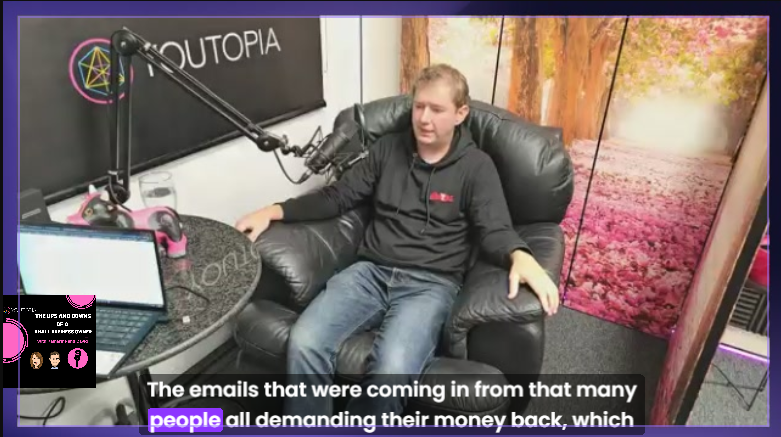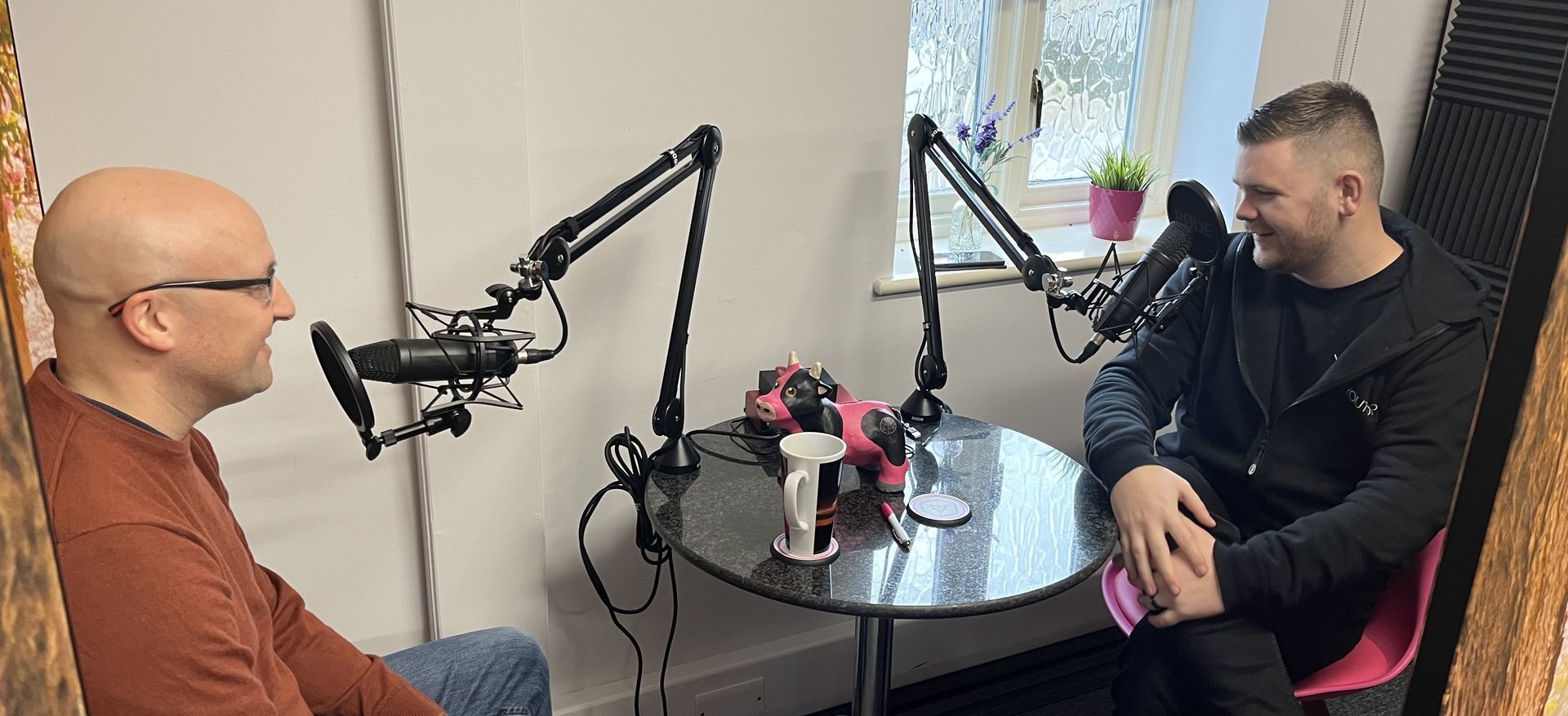October 22 Newsletter
Managing change in your business

Research by Kotter International found that more than 70% of change projects within a business fail. Why is this? The research findings show that employee engagement is the biggest factor. Whether it is a small change to one or two processes, or a company-wide change, it's common for staff to feel intimidated by it. So what can you do for successful implementation of change? Here are the principals from Kotter’s 8-Step Program:
1. Get the team onboard
Build support and create momentum behind the changes you are making by communicating the benefits with the whole company early on.
- Start honest discussions with your team and give dynamic and convincing reasons to get people talking and thinking about the change.
- Demonstrate what would happen if you didn’t make the change and what else it could affect in the future.
- Request support from customers in this instance who may love the product, outside stakeholders and others known in the industry to strengthen your argument.
Kotter suggests that 75 percent of a company's management needs to support a change in order to succeed.
2. Form a powerful coalition from all areas of the business
Share the support you have from all areas in the business (not just the leadership team). Visible support from key people within the organisation will bring others on board and create a sense of urgency. Give these people key roles in the change process to help progress it.
Once formed, your "change coalition" needs to work as a team, continuing to build urgency and momentum around the need for change.
What you can do:
- Identify the influencers in your organisation for this change, as well as your key stakeholders.
- Ensure that you have a good mix of people from different levels within your firm.
- Ask for a commitment from these key people.
- Work on team building within your change coalition.
3. Create a vision for change
Create an overall vision that helps everyone understand why you're asking them to do something.
What you can do:
- Develop a short summary (one or two sentences) that captures what you "see" as the future of your organisation.
- Create a strategy to execute that vision.
- Ensure that your team leading the change are all on the same page.
4. Communicate the vision
Embed this in everything you do so it is not lost in the day-to-day operation but a powerful part of this.
What you can do:
- Talk often about vision and change.
- Make sure the vision is applied to all aspects of the operations. For example, ensure it’s added to the training and induction program and is encapsulated into the relevant job descriptions and evaluations.
- Address people’s concerns and anxieties about it openly and honestly.
- Lead by example.
5. Remove obstacles
Check constantly for processes and structures that need to adjust to allow you to execute the vision and help the change move forward.
What you can do:
- Look at your organisational structure, job descriptions, and performance and compensation systems to ensure they're in line with your vision.
- Recognise and reward people for making change happen.
- Identify, or hire, change managers whose core role is to deliver the change.
- Identify areas or team members that stand in the way of change, and find solutions.
- Take action to quickly remove barriers rather than letting them fester.
6. Create short-term wins
Create short-term targets – not just one long-term goal. Each "win" that you produce can further motivate all the staff especially if it’s a big change requiring a longer process and help keep them on task.
What you can do:
- Reward people who help you meet the targets.
- Look for sure-fire projects that you can implement without help from any strong critics of the change.
- Don't choose early targets that are expensive. You want to be able to justify the investment in each project.
7. Build on the change
Keep looking for improvements to the system to ensure the long term goals are achieved.
What you can do:
- After every win, analyse what went right, and what needs improving.
- Set goals to continue building on the momentum you've achieved.
- Develop a culture of continuous improvement.
- Keep ideas fresh by bringing in new people to lead the change.
8. Anchor the changes in your culture
Finally, to make any change stick, it should become part of the core of your organisation. Make continuous efforts to ensure that the change is seen in every aspect, giving it a solid place in your organisation. It's also important that your company's leaders continue to support the change. This includes existing staff and new leaders who are brought in.
What you can do:
- Talk about progress every chance you get. Tell success stories about the change process, and repeat other stories that you hear.
- Include the change ideals and values when hiring and training new staff so it is enforced from the start.
- Publicly recognise key members and enablers of the change.
- Create plans to replace key leaders of change as they move on. This will help ensure that their legacy is not lost or forgotten.
Business tips: Knowing what your customer wants

The increase in digital business systems has opened up forensic ways of understanding your customer base. That's a huge bonus when you're aiming to build better connections, relationships and experiences with your audience.
Knowing what your customer wants is a fundamental piece of knowledge for any successful business to get to grips with. And when you're running a modern, digital business there's an overwhelming wealth of customer and sales data and analytics at your disposal – making it easier than ever to dig down into the needs and habits of your end user.
Detailed CRM records and customer notes
A CRM system becomes the heart of your customer management, business development and marketing activity, allowing you to log activity, keep notes and record progress throughout the sales pipeline.
The more information you have about your valued customers, the more you can do to meet their needs and deliver the perfect customer experience. And by maximising your use of this customer data, you can tightly focus your marketing campaigns and do more to make every customer feel understood, valued and (most importantly) satisfied.
Drilled-down sales records
Keeping tabs on your sales activity is central to any business model. In an ideal world, you want regular, repeatable sales from a loyal customer base. But sales activity can be hard to predict, especially when you’re setting ambitious sales targets for your team to hit.
Having detailed sales records and data at your fingertips has two key benefits:
- You know how sales have fared in the past
- You know how sales may pan out in the future
Being able to run forecasts, based on your historic sales data gives you a stable foundation on which to build your future sales targets. It’s a solid projection, based on real business data. But this data also gives you an encyclopaedic overview of what your customers have been buying.
This sales data helps you understand:
- Which products/services your customers want to spend their money on
- Which specific products/services are failing to convert
- Which points in the year will have peaks and troughs in sales
- When it’s the right time to invest in more sales and marketing activity
This is all gold dust when it comes to planning out your strategy, assigning your sales and marketing resources and building engagement with your core audiences.
Marketing analytics and customer touch points
Marketing is a vital part of getting your brand message out into the world. Today’s digital marketing and email platforms make it easier than ever to see the results and analytics from your marketing campaign and to answer meaningful questions about the outcomes:
- How many customers clicked through from your call-to-action?
- How many click-throughs were converted into sales?
- How many views did your latest blog post get?
- Who opened your latest email campaign?
- Which one of your customer segments is most engaged?
With the marketing analytics that digital systems can provide, you know the answers to all these questions. That’s incredibly helpful when working out which campaigns delivered a good return-on-investment (ROI), which customer groups are most engaged and where your marketing is hitting the mark (or not, as the case may be).
Social media interactions and feedback
Social media platforms, like Twitter, Facebook, LinkedIn and TikTok, give your business a cheap and effective way of getting your brand messages out to a wider audience. Social media is a two-way communication channel. It’s a conduit for your customers and followers to message you, ask questions and give you feedback – and in that sense, it’s a vital way of understanding your customers’ needs.
As you scale and grow, an increased focus on social media will be vital. Hiring a social media manager, or working with a social media agency, helps you broaden out your social activity and really engage with your followers. Reply to queries, placate frustrated customers and share your latest news and updates. If you can be present and engaging in the social space, that’s going to help you cement your bond with these valued customers.
Online customer feedback and star ratings
The acid test of your customer experience is simple: are your customers happy? Satisfied and happy customers become amazing advocates for your brand. But, equally, disgruntled and unhappy customers can quickly undo the good work you’ve done in building a brand.
In the online age, bad news spreads incredibly quickly, and customer feedback, reviews and trust scores are a vital part of your brand’s equity. A series of terrible reviews for your café on a platform like TripAdvisor can cause serious damage. So, it’s important that you engage with these reviews, run customer surveys and listen carefully to any customer feedback.
Ultimately, delighting your customer is your key aim as a business owner. Using your ears and listening to the feedback you get is integral to understanding what your customers want.
Hitting your growth targets, is far easier when you know the needs of your customers and can accurately target your sales, marketing and social activity.









